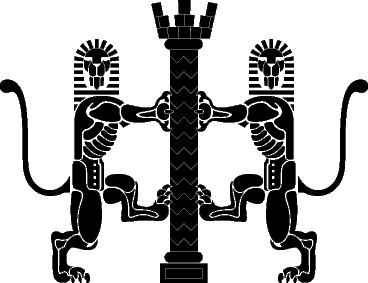DISCUSSING YOUR PLANS AND IDEAS
The first step is to discuss your plans - either in person at the property or site, or on the phone if it's easier.
I don't charge for my initial advice or the meeting, which usually lasts around an hour.
This initial conversation will give you a much clearer idea about the potential and the scope of your project.
Following that, I will write to you with my fees and terms for you to consider, with no obligation to appoint.
WHAT HAPPENS IF I APPOINT WRAY ARCHITECTS?
When a client appoints me to work on their project, the usual process is:
I complete an initial site survey, which includes taking exact, comprehensive measurements of existing buildings and the topography of the land.
Using this data, I will draw up a plan of the existing site. Then, in accordance with your brief, I will produce an initial design for your consideration.
In response to your comments and suggestions, the design will be refined and altered until the plan meets your brief and adheres to planning policy.
Once the design is agreed, I will produce and submit a planning application to the relevant council's planning department. It's also worth knowing that some applications come under the "Permitted Development Rights" rule, meaning that planning permission isn't always required.
On average, it takes around 3 months for a planning department to notify applicants of their decision.
Upon gaining planning permission for your project, I will produce and submit a Building Regulations application. Building regulations are legal, minimum standards for the design, construction and alterations to most buildings.
WHAT HAPPENS ONCE I HAVE THE PLANS AND PERMISSION TO BUILD?
At this stage, many clients prefer to manage their own project, liaising with their contractors directly.
However, some clients prefer to have someone manage the process for them, especially if they don't live locally. I can provide this as an additional service for my clients, as and when they request it.
This includes:
Tendering and assisting with selecting a suitable building contractor.
Drawing up a contract with the chosen contractor.
Administering the contract on site, with regular site visits to monitor progress and issuing of architects certificates.
Perform the duties of Principal Designer as set out in the Construction (Design and Management) Regulations 2015
